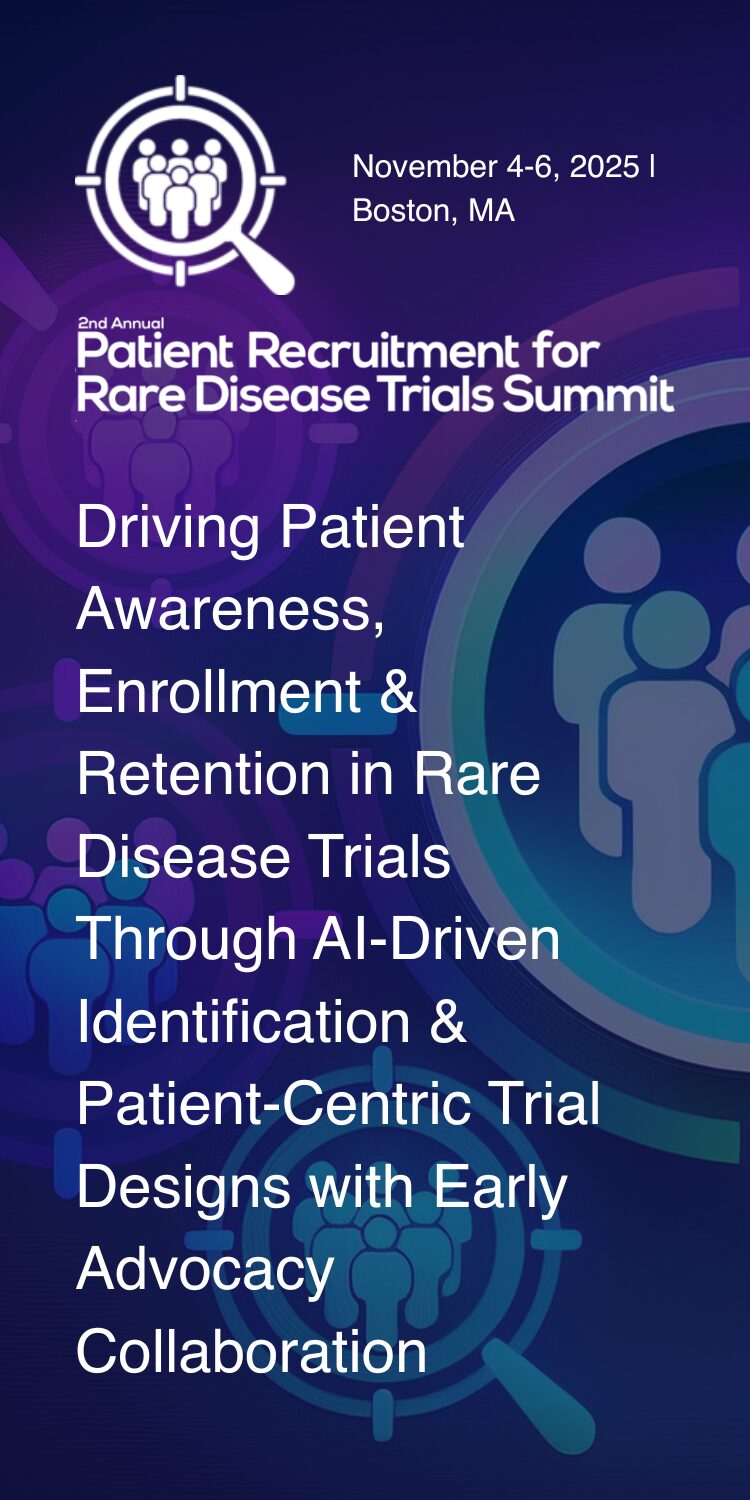Jana von Hehn, PhD, Chief Scientific Officer of the Rett Syndrome Research Trust, provides an overview of Rett syndrome.
Rett syndrome is a multisystem disorder that primarily affects girls. Only in rare cases are boys affected (who may experience more severe symptoms). Multiple loss-of-function mutations to the MECP2 gene are the cause of Rett syndrome.
It is a progressive, neurodevelopmental disorder, but infants with Rett syndrome generally develop normally for about 6 to 18 months after birth. After this period, these children experience development regression, and motor control anomalies (e.g., ataxia, uncontrolled hand movements) begin to emerge. With a heterogenous presentation, recognition of Rett syndrome can be challenging.
Beyond development issues, patient physical disability may range from mild to severe, but the following serious complications may become evident:
- Autism-like behaviors
- Seizures
- Cardiac conduction abnormalities
- Endocrine and growth abnormalities
- Abnormal movement
- Sleep disturbances
- Scoliosis and other skeletal issues
- Breathing problems
- Swallowing issues and gastrointestinal complications
Although there’s no cure for Rett syndrome, potential treatments are being studied. Patients with Rett syndrome often survive to middle age. Current treatment focuses on the signs and symptoms presented by the individual patient, including improving movement and communication, and treating seizures and disease complications. Additionally, management must include providing long-term support for caregivers and the families of children and adults with Rett syndrome.
For more information about Rett syndrome, visit our Rett Syndrome Learning page here: https://checkrare.com/rett-syndrome/

